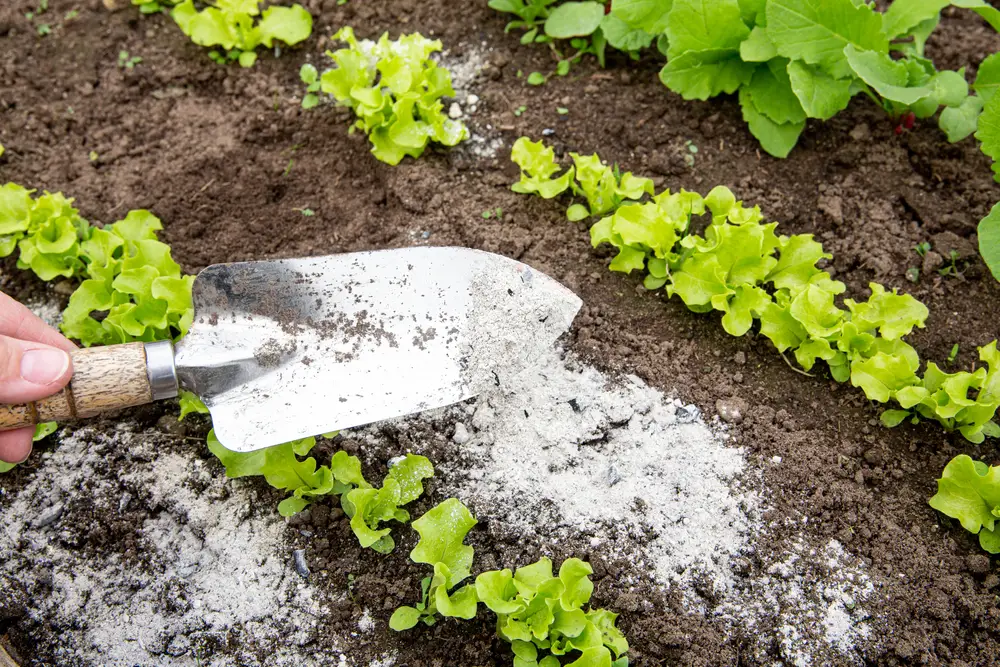Gardeners commonly receive advice to use ashes to fertilize their gardens. Maybe you’ve gotten the same advice or heard about large-scale agricultural operations using them.
But are ashes good for your garden?
It depends.
Let’s get into why, starting with what kind of ashes we’re talking about.
The Only Ashes You Should Consider For Your Garden
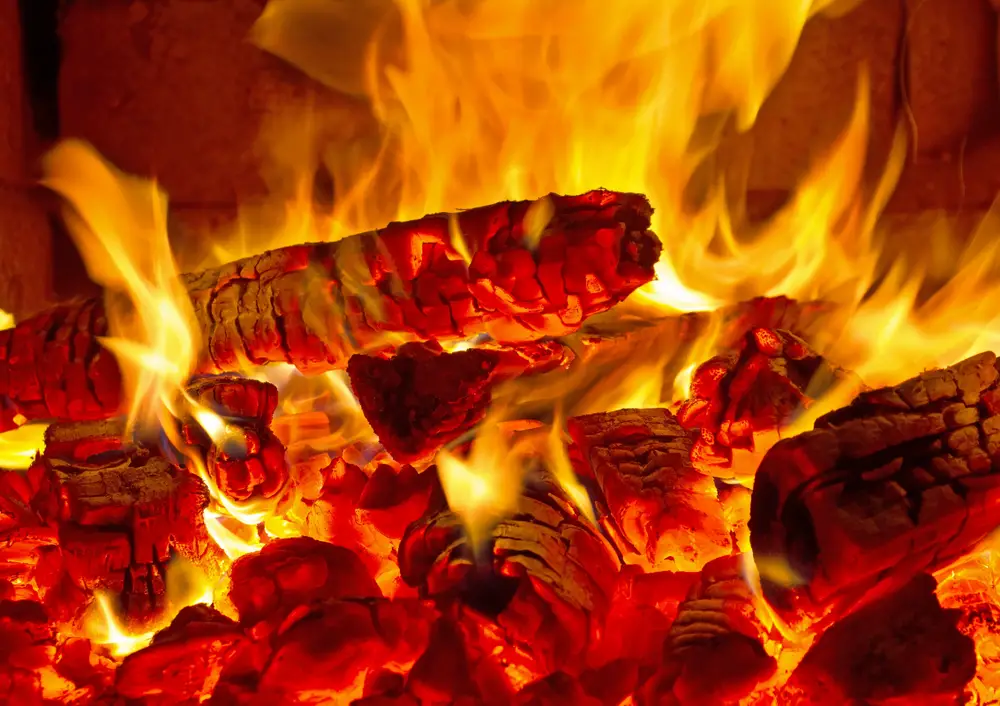
Whatever you put in your fire will end up in your ashes. Lighting your fire with gasoline or firestarter makes it end up in your ashes, for example. Putting plastics or bleached or dyed papers or cardboard will make their chemicals end up in your ashes as well.
In other words, use only burnt untreated wood ashes in your garden. This includes not using charcoal ashes from your barbecue, as these can introduce toxic chemicals.
However, there are some things to know about how wood ashes affect your soil.
Ashes Significantly Affect Your Soil

Wood ashes are readily available and contain nutrients and minerals beneficial to plants. This includes ashes’ primary element, calcium, as well as potassium, phosphorus, magnesium, and all sorts of trace elements plants need to thrive.
However, they are also highly alkaline (pH 10-12) and water-soluble. This means adding ashes to your soil can shift the pH significantly. Ashes can also potentially cause a build-up of harmful salts. Both inhibit plant growth.
Depending on what’s already in your garden soil, even a one-time application can create problems that are difficult to reverse.
An ideal soil pH for most plants is in the range of 5.5-7 (slightly acidic to neutral). A soil pH in this range makes nutrients available to your plants. Anything that drives the pH out of this range begins to restrict your plants’ ability to access nutrients, restricting their growth.
Additionally, your plants will take up some of any substance you add to your soil, organisms in your soil will use some, and the rest will remain, eventually making its way to the groundwater underneath all of your soil.
So, it’s essential to already know what’s in your soil as well as what your plants need to be in your soil. This is where a soil test comes in.
Testing Your Soil Helps Tremendously
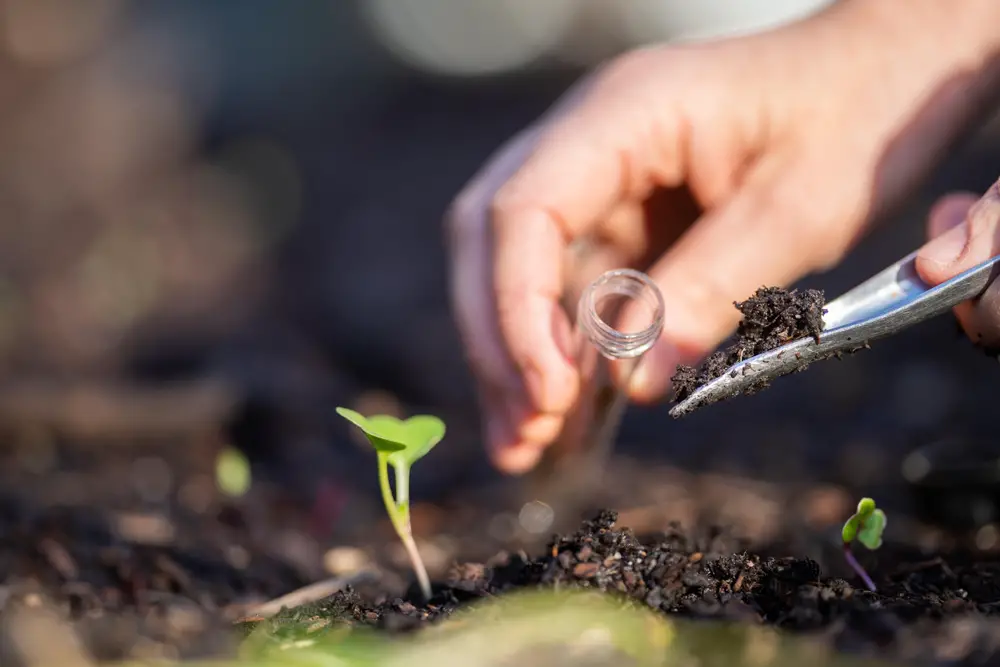
You can have a professional test your soil for you. You can also purchase a kit and do it yourself. Many local governments also offer free or low-cost testing services. Universities are another option as well.
Finding the best option for you only takes a little bit of research and time.
Alternatively, you can do a basic soil pH test with ingredients from home.
Soil pH Test You Can Do At Home
This doesn’t replace more sophisticated soil testing but is an easy way to test the relative pH of your garden soil with pantry ingredients.
You will need:
- Four tbsp (tablespoons) of the soil you want to test
- Two bowls
- ½ cup white vinegar
- ½ cup baking soda
- Distilled water (important, so the water doesn’t impact the chemical reaction)
Here are the steps you need to take:
- Place two tbsp of soil in each bowl.
- Add the vinegar to one bowl and mix. If you notice the mixture bubbling, you have alkaline soil.
- Moisten the soil in the second bowl with the distilled water. Mix the baking soda with it. If you notice the mixture bubbling, you have acidic soil.
- If neither bowl reacts, your soil pH is neutral.
When It Might Make Sense To Use Ashes In Your Garden
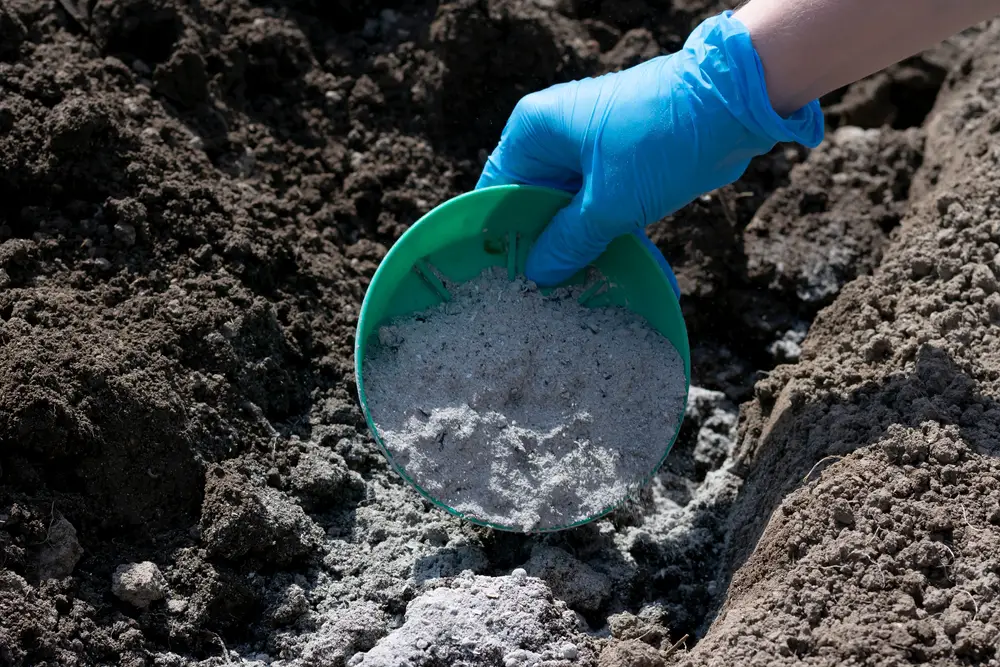
For as long as humans have used fire, we have been looking for ways to use the remaining ashes. Bagging them and sending them to landfills is energy-intensive and unsustainable.
While you can use wood ash in your garden to neutralize a prohibitively acidic environment or slightly boost the nutrient profile of your soil (such as potassium and phosphorus (P and K, respectively)), maybe the best reason to consider using wood ash as a garden amendment is because you have wood ashes and a garden.
Using them appropriately and moderately can benefit your plants and reduce your waste.
However, if you decide to use ashes in your garden on an ongoing basis, continue to test your soil to maintain the optimal balance for growing. Through a few years of experience, you will have enough knowledge to know what your garden will need from year to year.
How To Use Ashes In Your Garden
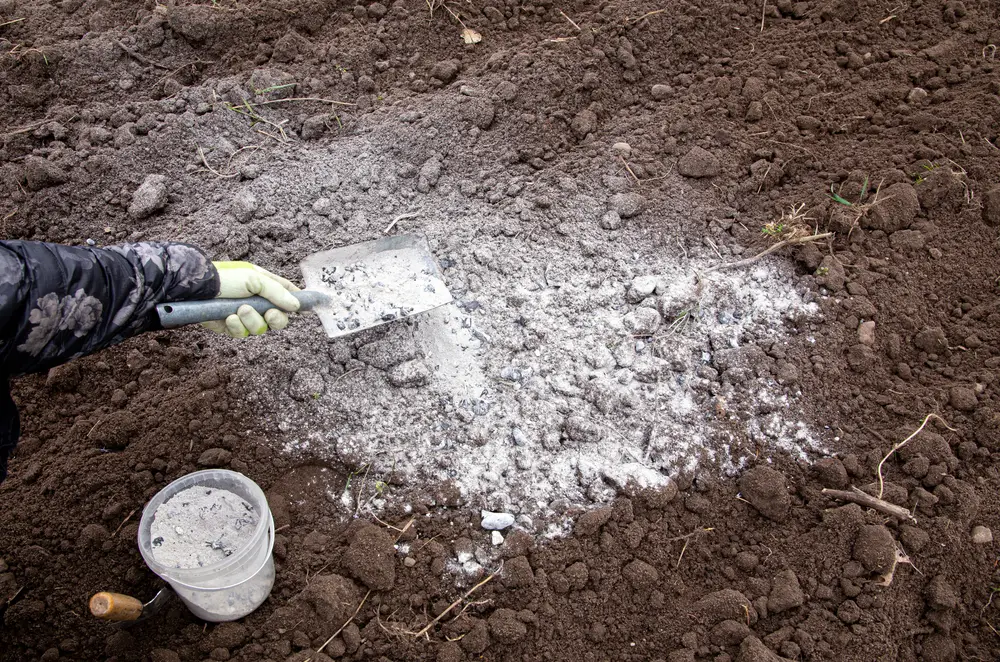
Use a maximum of a 5-gallon pail of ashes per 1,000 square feet per year. Modify this as needed to find the correct ratio for your garden. For example, if your garden is 100 square feet, you would use 10% of the 5-gallon pail of ashes.
Apply the ashes by mixing them into the top 2-4 inches of soil on a dry, low-wind day. Fall applications are best, or as early in spring as you can work the soil.
Be mindful of the highly alkaline nature of ashes and protect yourself accordingly, covering your eyes and skin and ensuring you won’t inhale any fine particles.
Wood ashes become caustic when exposed to water. If you are applying to garden beds with plants, keep the ashes away from the plants and focus on working them into the soil.
A period of 4-6 weeks should pass between application of ashes and planting. This will allow the ashes enough time to chemically integrate into the soil to an extent it won’t harm germination or seedlings.
NOTE: Mixing wood ashes with nitrogen fertilizers such as urea, ammonium sulfate, or ammonium nitrate results in ammonia gas. Do not mix.

